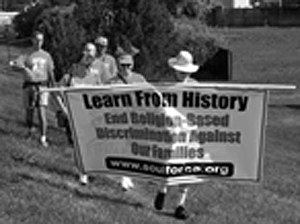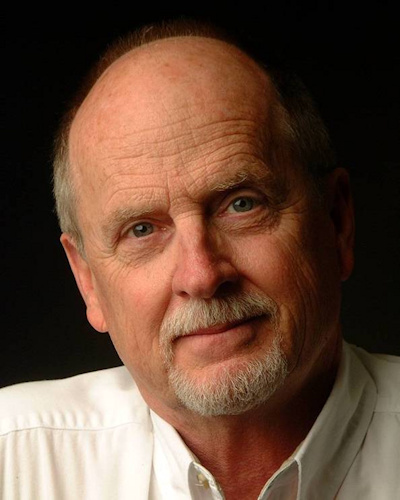<< LAST Contents NEXT >>
The Call to Protest

Remember… there are rules–or guidelines–for effective nonviolent protest.
The Call To Resist: “It does not require a majority to prevail, but rather an irate, tireless minority keen to set brush fires in people’s minds… – Samuel Adams
To protest in a free society is not simply a right, it is an obligation. Our country was born and raised on protest. The protests of Samuel Adams against British tyranny led to the American Revolution and the birth of this nation. The protests of Abraham Lincoln against the Southern States seceding from the Union saved our “one nation, indivisible” and led to the end of slavery. The Protests of the Rev. Dr. Martin Luther King, Jr. against segregation led to the Civil Rights Act of 1964, the historic Supreme Court decision that outlawed discrimination based on race, color, religion, sex or national origin. If ever our generation was called to protest it is now.
Thankfully, a growing number of Americans in every state, concerned about the future of our democracy, are mobilizing. Nonviolent protests are making headlines: marches, sit-ins, sleep overs, equality rides, nuns in busses, Internet campaigns, flash mobs with a purpose, quilt-insvii and creative nonviolent protests of every kind on Wall Street, at the White House, the Congress and the Supreme Court, at Governor’s offices and state legislatures, at corporate offices and pipeline construction sites, at national parks and wetlands, at Cathedrals, mega-churches and denominational conventions, even at borders that separate children and parents.
With so many Americans eager to take their stand against extremist Republicans and their allies, it is a perfect time to remind ourselves that there are rules or guidelines for effective NONVIOLENT protest. Those rules were developed and demonstrated in the early 20th century by M.K. Gandhi whose nonviolent protests freed his people from slavery in South Africa and India. Later in the 20th century Martin Luther King Jr. adapted and advanced Gandhi’s principles of nonviolence to build a powerful protest movement that ended segregation in the U.S. What can we learn about the power of nonviolence from these two men about building a powerful nonviolent protest movement to help us end the hijacking of our democracy?

